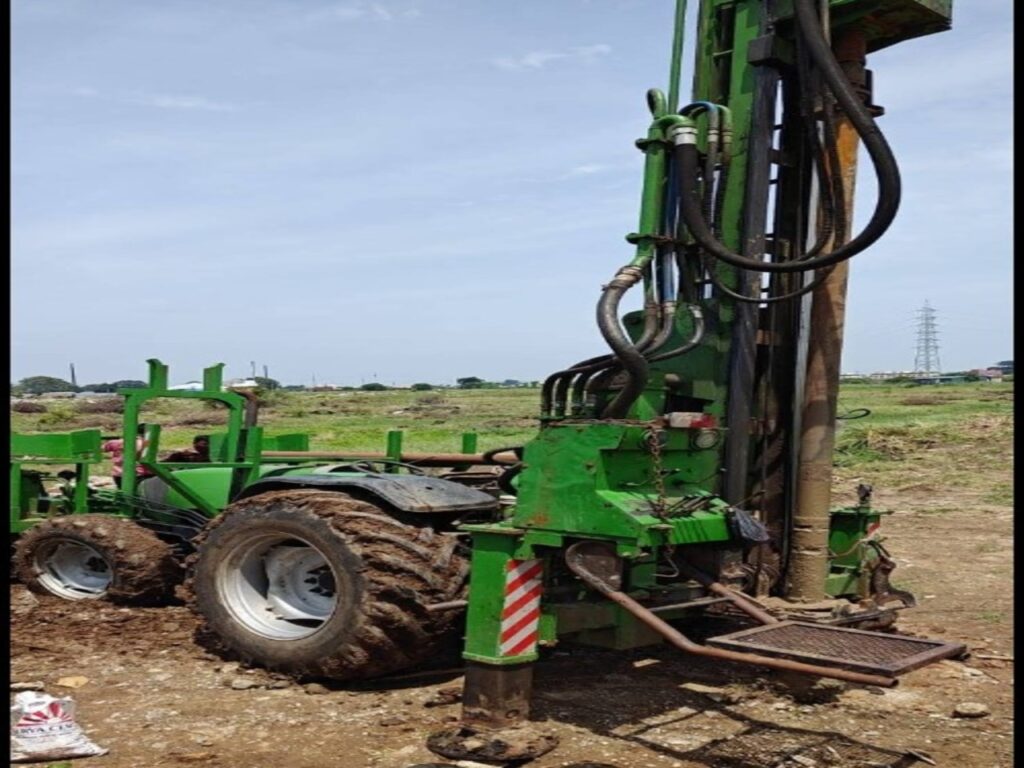Hydraulic rotary rigs are setting new standards in the world of deep foundation systems. Their efficiency, accuracy, and ability to perform in complex geotechnical conditions have made them one of the most preferred piling solutions in 2025.
1.1 What is a Hydraulic Rotary Rig Pile?
A hydraulic rotary rig pile is formed using a powerful hydraulic machine that drills into the ground by rotating a drill tool or auger. These rigs are designed to penetrate tough soil and rock formations with minimal vibration.
1.2 Why It’s Trending in 2025
Urban infrastructure and smart cities are driving the need for faster, cleaner, and more precise foundation solutions. Hydraulic rotary rigs offer speed and environmental friendliness, making them a trend leader.
1.3 Suitable Soil and Site Conditions
Hydraulic rigs are best used in cohesive and semi-cohesive soils, clay, and soft rock. Their controlled drilling makes them suitable for urban areas where traditional impact-driven methods could damage nearby structures.
1.4 Speed and Efficiency
These rigs reduce project timelines significantly. They can install piles in a fraction of the time needed by conventional methods, leading to faster project completion and reduced labor costs.
1.5 Environmental Advantages
Hydraulic rotary rigs produce less noise and vibration, making them ideal for projects near schools, hospitals, or residential zones. Additionally, they create minimal spoil, reducing environmental waste.
1.6 Real-Time Monitoring and GPS Control
Modern rigs come equipped with GPS and torque sensors. Engineers can monitor drilling progress in real-time, improving precision and reducing the risk of error.
1.7 Machinery and Tools Used
Hydraulic rigs use Kelly bars, augers, and casing rotators to execute clean and deep piles. These components are interchangeable and suitable for different soil profiles.
1.8 Cost vs Benefit Analysis
While the machines are expensive, they save time, reduce rework, and require fewer workers — making them cost-effective in the long run.
1.9 Applications in Mega Projects
Hydraulic rigs are widely used in metros, highways, commercial towers, and bridge piers where large loads and deep foundations are required.
1.10 The Future of Piling with Hydraulic Rigs
In the coming years, expect more automation, AI-based depth control, and integration with BIM systems — cementing hydraulic rotary rigs as the backbone of modern piling.

